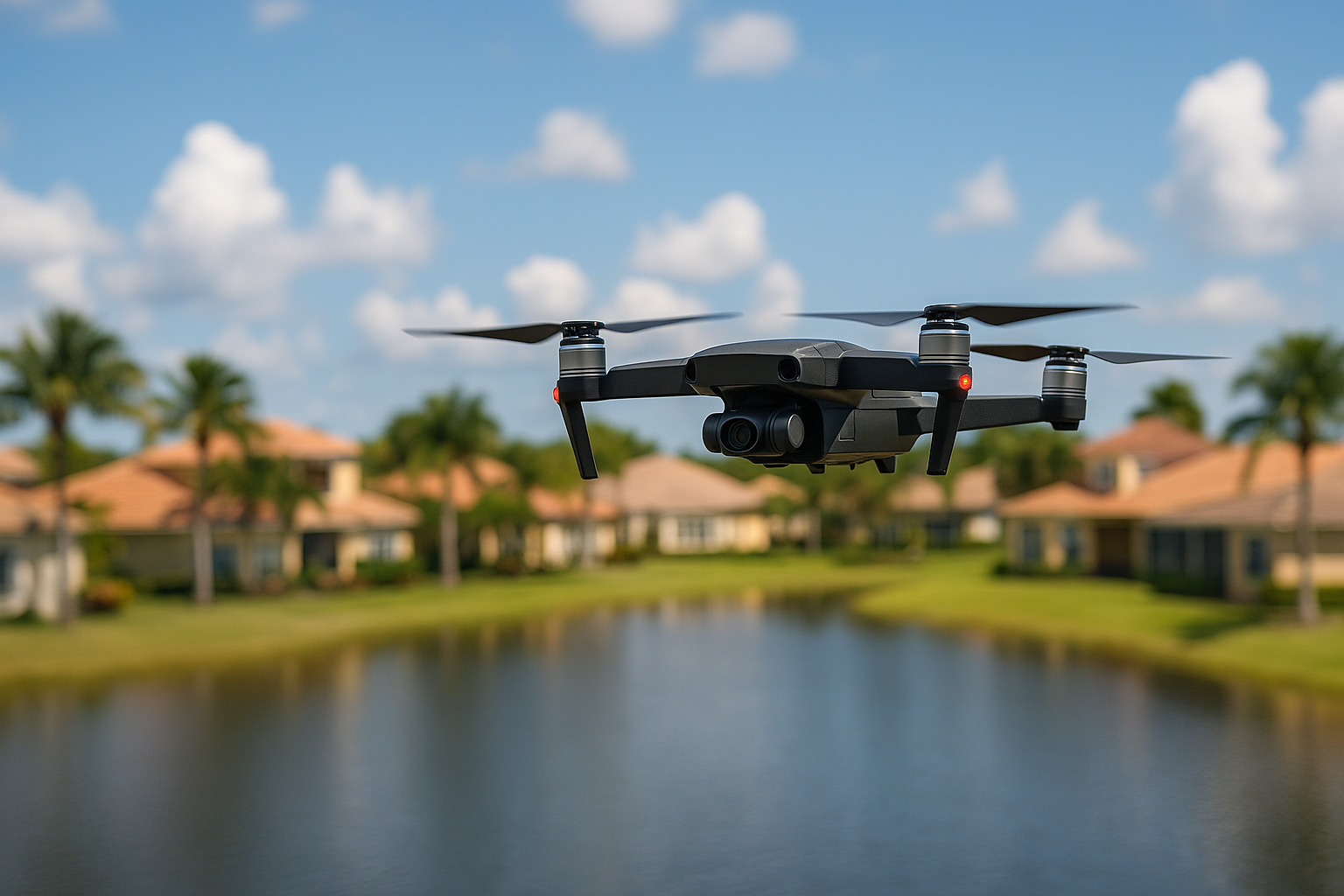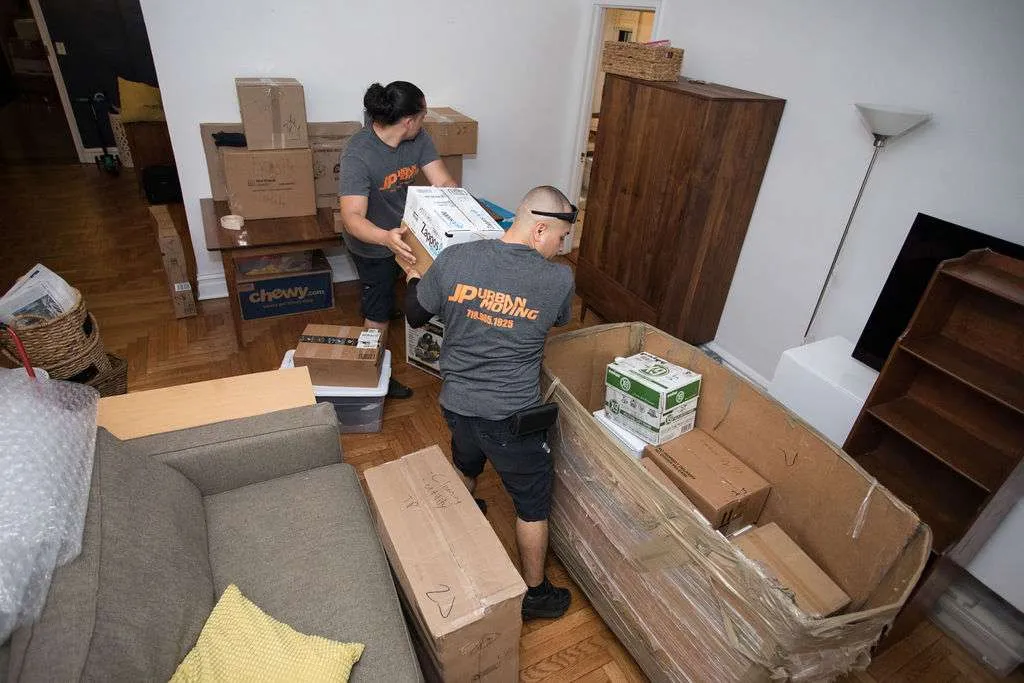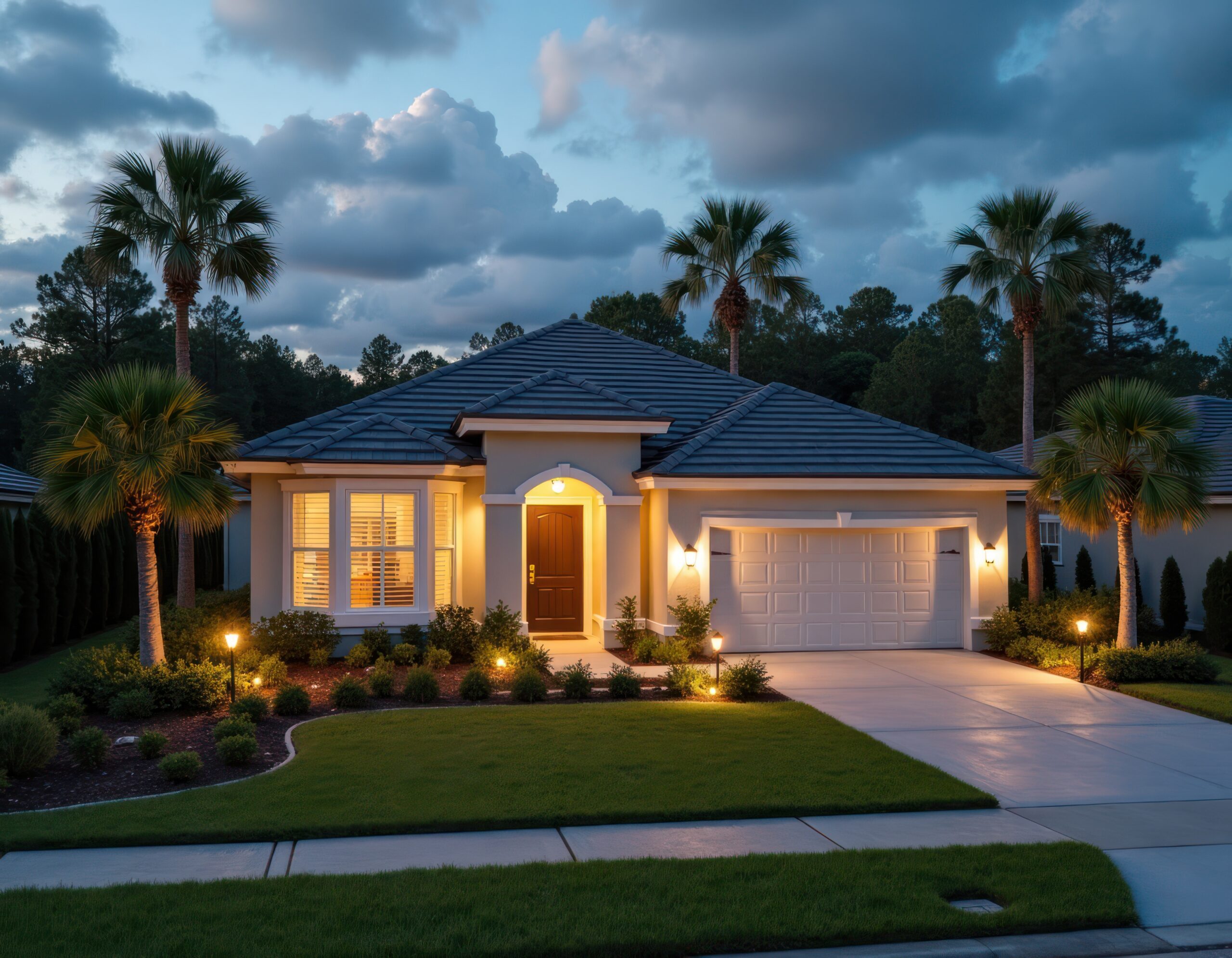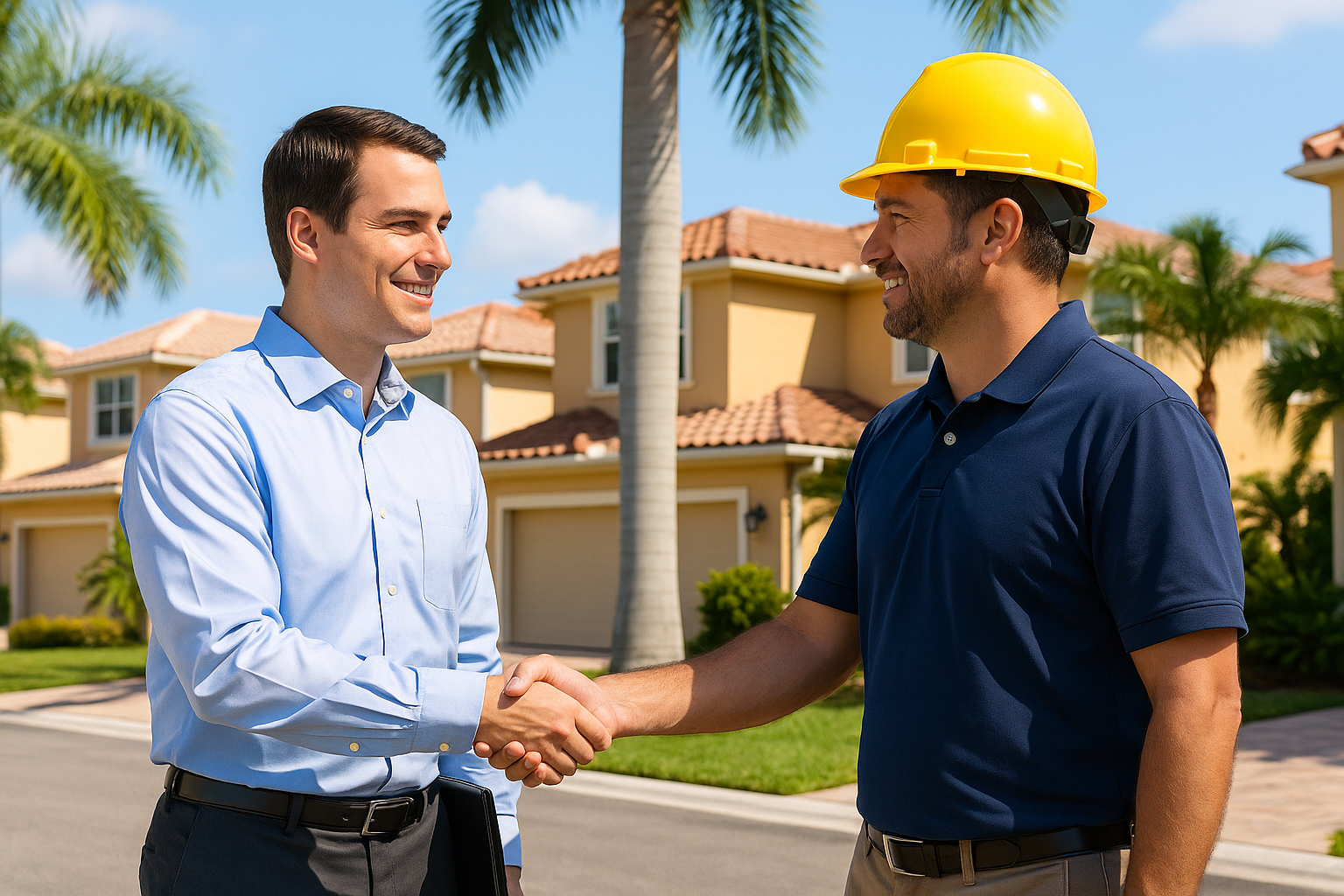Copyright © Kaloop 2025 All Right Reserved
Eye in the Sky: Drone-Based Property Inspections for HOAs & COAs
Table of Contents
- Introduction
- Why Use Drone Inspections?
- Key Benefits of Drone Inspections
- Considerations for Drone Use
- Final Thought

In today’s high-tech world, drone inspections are rapidly transforming how community association managers oversee property maintenance. Whether managing HOAs, condo complexes, or multi-unit developments, drone technology offers an efficient, safe, and insightful way to monitor assets.
Why Use Drone Inspections?
Traditional inspections—especially of roofs or exteriors—can be slow, costly, and at times hazardous. Drones, however, eliminate the need for ladders or scaffolding while providing sharp, high-resolution visuals quickly and efficiently. This means faster assessments, minimal resident disruption, and more informed decision-making.
Key Benefits of Drone Inspections
Preventive Maintenance
Early identification of roof damage, drainage concerns, or structural wear enables timely repairs and prevents expensive future fixes.Cost Savings
Drone-based inspections are generally less expensive than traditional approaches that require lifts or specialized labor.Enhanced Documentation
Detailed high-resolution footage is excellent for contractor quotes, insurance claims, or board presentations. Additionally, aerial community views assist with landscaping, irrigation planning, and property layout optimization.Improved Safety
Drones reduce risk by avoiding the need for personnel to work at heights or in hazardous locations.Faster Turnaround
Quickly surveying large properties or multiple buildings becomes feasible, streamlining maintenance planning and urgency.Operational Versatility
Beyond inspections, drones can capture aerial footage during community events or serve as security or mapping tools, broadening their utility.
Considerations for Drone Use
As drone adoption increases, associations must navigate safety, liability, and legal compliance:
Regulatory Compliance
Compliance with FAA rules (e.g., pilot certification, altitude limits) is essential, especially for commercial drone use by associations.Privacy and Insurance
Associations should clearly define policies for drone usage to avoid privacy violations or accidental footage of private areas. Evaluating insurance coverage to include drone operations is also critical.
Budgeting & Reserve Planning
HVAC upkeep represents a key operating and reserve expense. Boards should incorporate HVAC planning into reserve studies, ensuring timely replacement without financial strain. This forward planning keeps communities resilient and avoids special assessments when equipment fails.
Resident Engagement & Clear Communication
An informed community is an empowered one. HOAs can boost HVAC performance by:
Advising residents on filter changes and optimal thermostat practices.
Clearly outlining who handles what—preventing confusion about maintenance duties and coverage.
Regular communication builds trust and encourages residents to contribute to collective comfort goals.
Conclusion
HVAC systems do more than regulate temperature—they uphold resident comfort, safeguard health, and uphold community value. By defining maintenance roles, investing in preventive care, budgeting proactively, and engaging homeowners, HOAs can foster efficient, comfortable, and resilient environments. When HVAC systems run smoothly, the entire community benefits.



